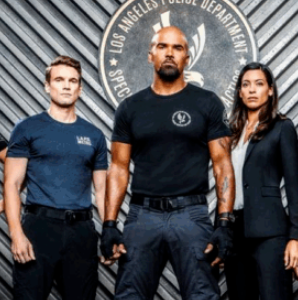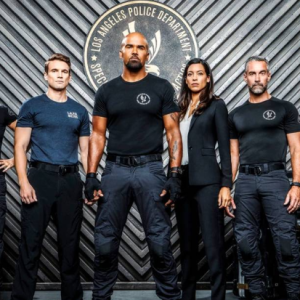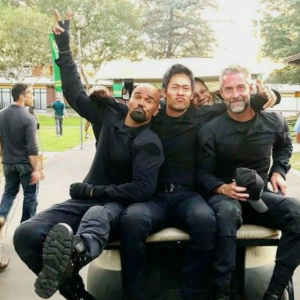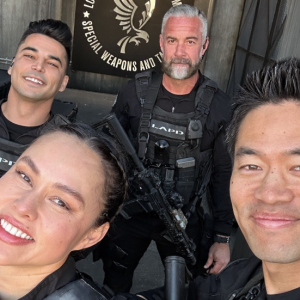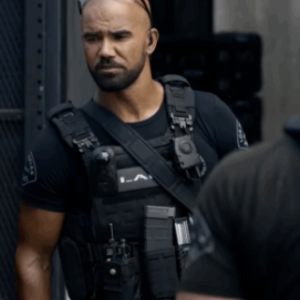After years of relentless, high-octane missions, deeply forged brotherhood, and emotionally resonant storylines, the acclaimed CBS series S.W.A.T. concluded its remarkable run with a finale that delivered both poignant closure and one final, exhilarating adrenaline rush for its dedicated fanbase. Titled “Gear Up,” the concluding episode masterfully wove together all the elements that had defined the show: pulse-pounding action, unwavering loyalty, profound sacrifice, and the steadfast, inspiring leadership of Shemar Moore’s iconic character, Daniel “Hondo” Harrelson. This wasn’t merely an ending; it was a testament to a chosen family’s journey and an affirmation of the impact they left on both their fictional Los Angeles and the real-world audience.
The final episode wasted no time in plunging the 20-Squad into the thick of danger, presenting an intense hostage situation that demanded every ounce of skill, strategic prowess, and the deep-seated trust they had painstakingly built over seven seasons. This was far more than just another mission; it was a potent symbol of the squad’s evolution. What began as a group of highly trained tactical officers, bound by duty and protocol, had organically transformed into an unbreakable family, each member willing to lay down their life for the others. The stakes were personal, reflecting the collective journey of growth, resilience, and unwavering commitment that had been the show’s hallmark.
Central to this journey, and indeed to the finale’s emotional core, was Hondo’s leadership, tested one last time. Throughout the series, Hondo had consistently served as the moral compass of his team, navigating the complex terrain between strict tactical duty and profound community responsibility. His approach had always been nuanced, marked by an understanding that true justice often requires a blend of force and empathy. In this ultimate challenge, he faced perhaps his toughest choice yet: adhere rigidly to established protocols or trust his gut instinct to save lives, even if it meant bending the rules. In classic Hondo fashion, demonstrating the very essence of his character, he chose heart over regulations. This decision, fraught with peril and not without its scars, ultimately paid off, cementing his legacy as a leader who, even against impossible odds, never backed down from doing what was right, embodying a blend of strategic brilliance and deep humanity.
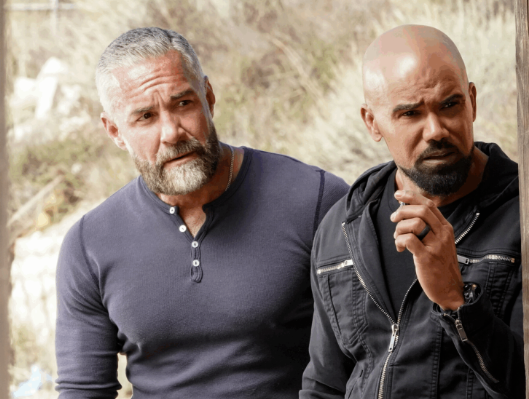
The finale also provided well-earned closure for the individual members of the team, each character’s arc culminating in a satisfying resolution. As the seasoned veteran of the squad, Deacon Kay (portrayed by Jay Harrington) faced a pivotal turning point. His career had been defined by self-sacrifice and unwavering dedication, often placing the demands of his dangerous profession above his personal life. The finale thoughtfully explored his internal conflict, allowing him to gracefully step back from the front lines for his family, a decision that honored his years of service without diminishing his formidable legacy. For Victor Tan (David Lim), who had matured significantly since his introduction in Season 1, the finale offered a much-deserved spotlight. His arc culminated in a display of newfound confidence and palpable leadership potential, subtly hinting at a future where he might one day lead his own squad, a testament to his personal growth and professional development. And for the ardent followers of Street (Alex Russell) and Chris (Lina Esco), the finale offered a quiet yet powerful acknowledgment of their complicated, deeply felt journey. While Chris had already made her departure earlier in the series, Street’s final moments subtly suggested that their unique bond—and their enduring love story—persists strongly, continuing off-screen, a hopeful nod to a future beyond the confines of the badge.
One of the most powerful and enduring aspects of the S.W.A.T. finale, and indeed the entire series, was its profound reminder that the brotherhood within the squad transcended mere professional obligation. It was about an unwavering commitment to loyalty, trust, and the profound bonds of a chosen family. The squad’s last “gear up” sequence, a familiar ritual rendered with poignant significance in this final outing, resonated like a powerful gut punch. It symbolized their unity, their readiness, and their shared purpose, even as the curtain fell on their televised adventures. This ritual, repeated countless times throughout the series, transformed in the finale into a potent emblem of their unbreakable connection, a final salute to the family they had become.
The finale didn’t shy away from raw emotion, culminating in Hondo’s heartfelt speech to his team. This moment felt less like a character delivering lines and more like Shemar Moore himself speaking directly to the legions of fans who had steadfastly supported the show through its highs, its lows, and even its near-cancellations. His words, undoubtedly expressing gratitude and reflecting on their shared journey, underscored the meta-narrative of a cast and crew fighting to tell their stories. It was a moment that transcended the screen, creating an intimate connection between the fictional farewell and the real-world goodbye, echoing a sentiment of “we’ll always be together” rather than a definitive separation.
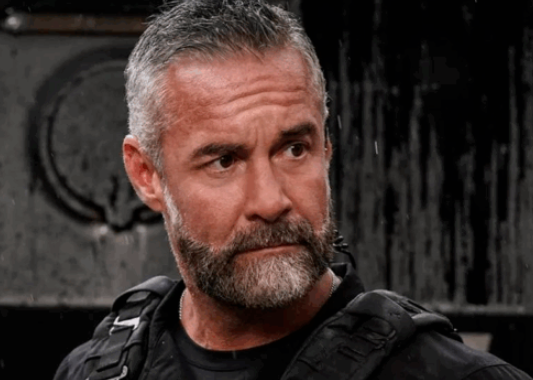
The symbolism embedded in the series’ final shot was particularly impactful. Hondo and his squad were seen walking side by side, helmets in hand, facing forward, ready for whatever unknown challenges lay ahead. While their televised journey had reached its conclusion, the scene powerfully symbolized that their inherent fight for justice and their commitment to one another would never truly cease. It was a masterstroke of storytelling, perfectly blending a sense of satisfying closure with an open-ended promise, giving fans peace of mind while deliberately leaving the door cracked for potential future returns, compelling cameos, or even intriguing spin-offs within the expansive S.W.A.T. universe.
Ultimately, the ending of S.W.A.T. was never solely about the missions, the arrests, or the tactical victories. It was fundamentally about legacy. Hondo leaves behind not just a team, but a profound blueprint for leadership rooted in integrity, empathy, and unwavering moral courage. The squad’s enduring unity serves as a powerful testament to the idea that a chosen family, forged in the fires of shared experience and mutual respect, can be as strong, if not stronger, than bonds of blood. The finale emphatically proved that sometimes the most significant victories are not achieved in battle, but in the enduring knowledge that one has made a profound and lasting difference in the lives of others and within the community they serve.
While CBS officially designated this as the series finale, the landscape of modern television rarely allows for a door to be closed forever. Shemar Moore’s undeniable star power, coupled with the fervent loyalty of the S.W.A.T. fanbase, makes a revival, a reunion movie, or an entirely new spin-off an enticing and entirely possible prospect down the line. Indeed, discussions around potential expansions of the S.W.A.T. universe, perhaps exploring concepts like “S.W.A.T. Exiles” or other iterations, suggest that the finale feels more like a heartfelt “see you later” than a definitive, final goodbye. The characters’ enduring spirit and the richness of their world certainly provide ample ground for future storytelling.
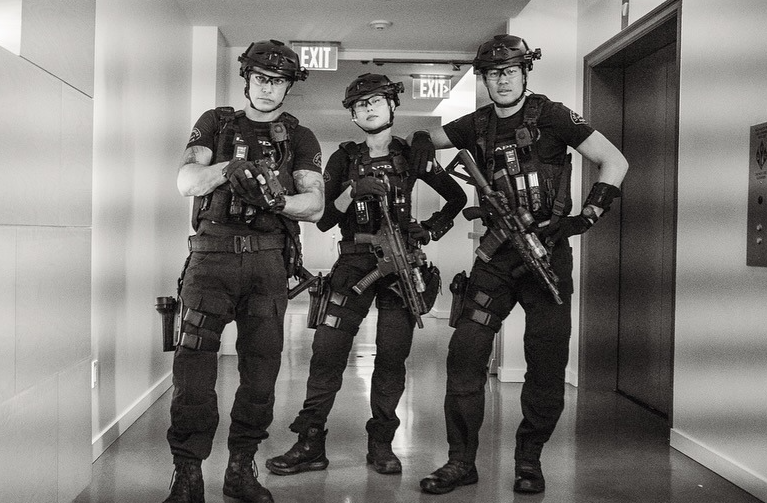
In conclusion, the S.W.A.T. finale delivered precisely what its fans desired: a compelling blend of intense action, raw emotion, and deeply satisfying closure. By steadfastly focusing on the core themes of brotherhood, self-sacrifice, and Hondo’s unwavering leadership, the ending felt both profoundly satisfying and incredibly hopeful. While the team may no longer be gearing up on our screens each week, their powerful legacy will undoubtedly live on—imprinted in the hearts of every fan who watched them fight, laugh, grow, and stand unyieldingly side by side, embodying the true spirit of S.W.A.T.
